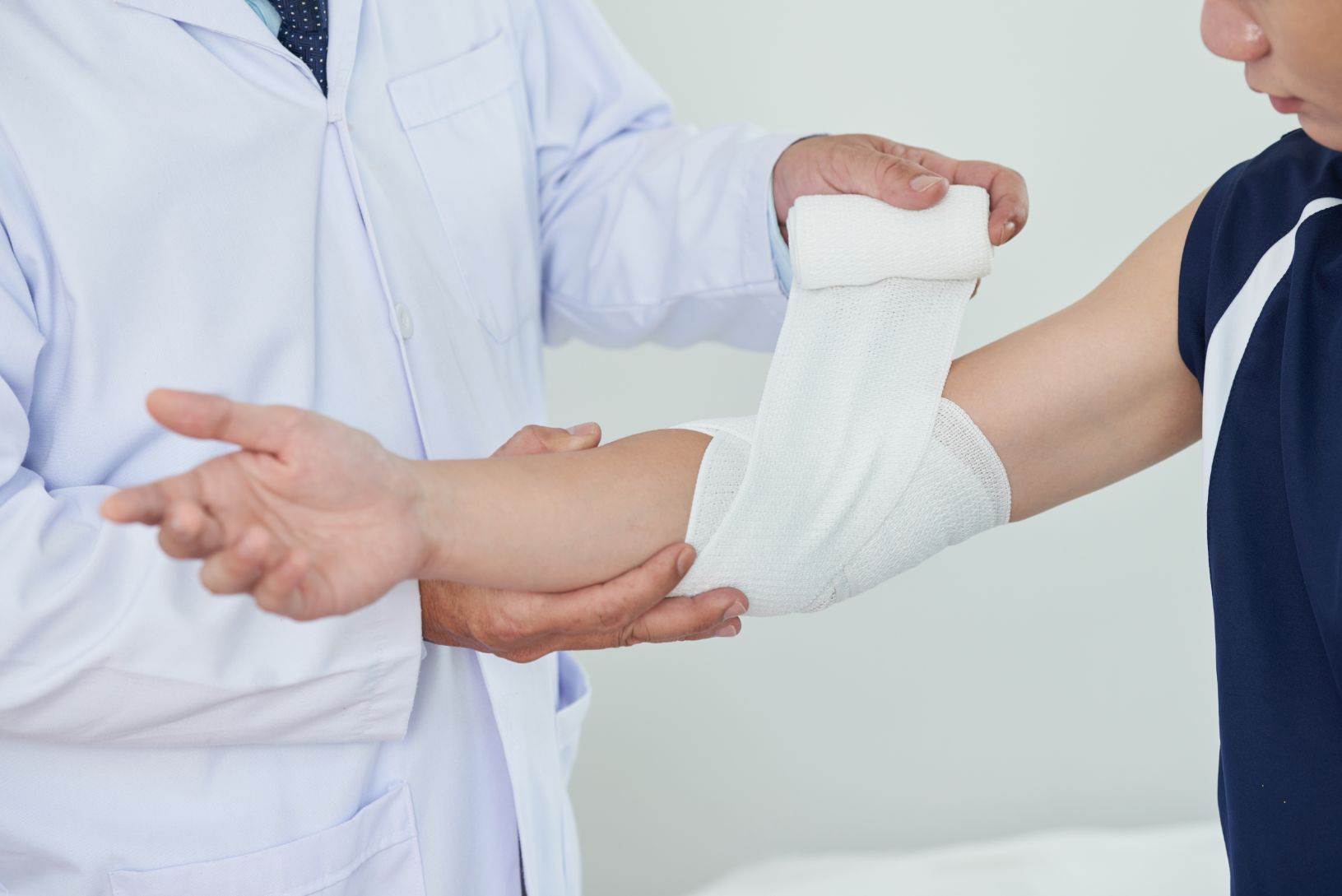Maximizing Elbow Function through Physical Therapy
The function of the upper extremities depends heavily on the elbow joint. It enables us to carry out a variety of tasks, including as lifting, reaching, and throwing. Unfortunately, injuries to the elbow joint are frequent and can cause severe pain and functional loss. Hyperextended elbow is one such injury that happens when the elbow joint is pressed beyond of its normal range of motion. We talk about how long a hyperextended elbow recovery time to heal as well as how physical therapy can help you get the most out of your elbow.
What is a Hyperextended Elbow?
When the elbow joint is stretched past its natural range of motion, a hyperextended elbow results. A fall or a strike to the elbow directly may cause this to occur. The ligaments that support the elbow joint may strain or tear as a result of excessive hyperextension of the joint, resulting in discomfort, edema, and a loss of function.
Recovery Time for a Hyperextended Elbow
Depending on how severe the damage is, a hyperextended elbow’s recuperation period can change. With adequate rest and conservative treatment, the injury will typically heal on its own in a few weeks. To help the elbow joint regain its full functionality, physical treatment may be required in more severe cases, which could prolong the healing process.
Initial hyperextended elbow treatment often consists of rest, ice, compression, and elevation (RICE) to lessen pain and edema. To avoid additional damage the wounded arm needs to rest and be immobilized in a brace or sling. NSAIDs, commonly known as nonsteroidal anti-inflammatory medications can be used to treat pain and inflammation.
Physical therapy can be utilized to assist increase elbow joint flexibility, strength, and range of motion once the swelling has gone down. The extent of the injury and the amount of progress made throughout therapy will determine how long physical therapy will last.
Physical Therapy for Hyperextended Elbow
The recovery process for a hyperextended elbow must include physical therapy. The patient and a physical therapist will collaborate to create a unique treatment strategy based on their unique needs and objectives. A hyperextended elbow may be treated with physical therapy using some of the following methods:
Range of Motion Exercises: Range of motion exercises are designed to help improve the flexibility and mobility of the elbow joint. A combination of passive range-of-motion exercises and active range-of-motion exercises may be included in these workouts.
Strengthening Exercises: Strengthening exercises are designed to help improve the strength of the muscles that support the elbow joint. Wrist curls, bicep curls, tricep extensions, and grip-strengthening exercises are a few examples of these workouts.
Manual Therapy: To help lessen pain and increase range of motion in the elbow joint, manual therapy techniques including massage and joint mobilization may be employed.
Modalities: To help lessen pain and inflammation in the elbow joint, modalities like ultrasound, electrical stimulation, and cold laser therapy may be employed.
Functional Exercises: Functional exercises are made to help the patient be better able to carry out daily activities. These exercises could involve reaching and lifting, throwing and catching, and workouts unique to a particular sport.
Benefits of Physical Therapy for Hyperextended Elbow
Physical therapy can help maximize elbow function following a hyperextended elbow injury. The following advantages of working with a physical therapist might be anticipated by patients:
Improved Range of Motion: Physical therapy can help improve the flexibility and mobility of the elbow joint, allowing patients to perform activities that were once difficult or impossible.
Increased Strength: Physical therapy can help improve the strength of the muscles that support the elbow joint, reducing the risk of future injuries.
Reduced Pain: Physical therapy can help reduce pain and inflammation in the elbow joint, allowing patients to return to their daily activities with less discomfort.
Faster Healing: Following a hyperextended elbow injury, physical treatment can hasten healing, enabling patients to resume regular activities sooner.
Future Injury Prevention: By enhancing strength, flexibility, and good biomechanics, physical therapy can help prevent injuries to the elbow joint in the future.
